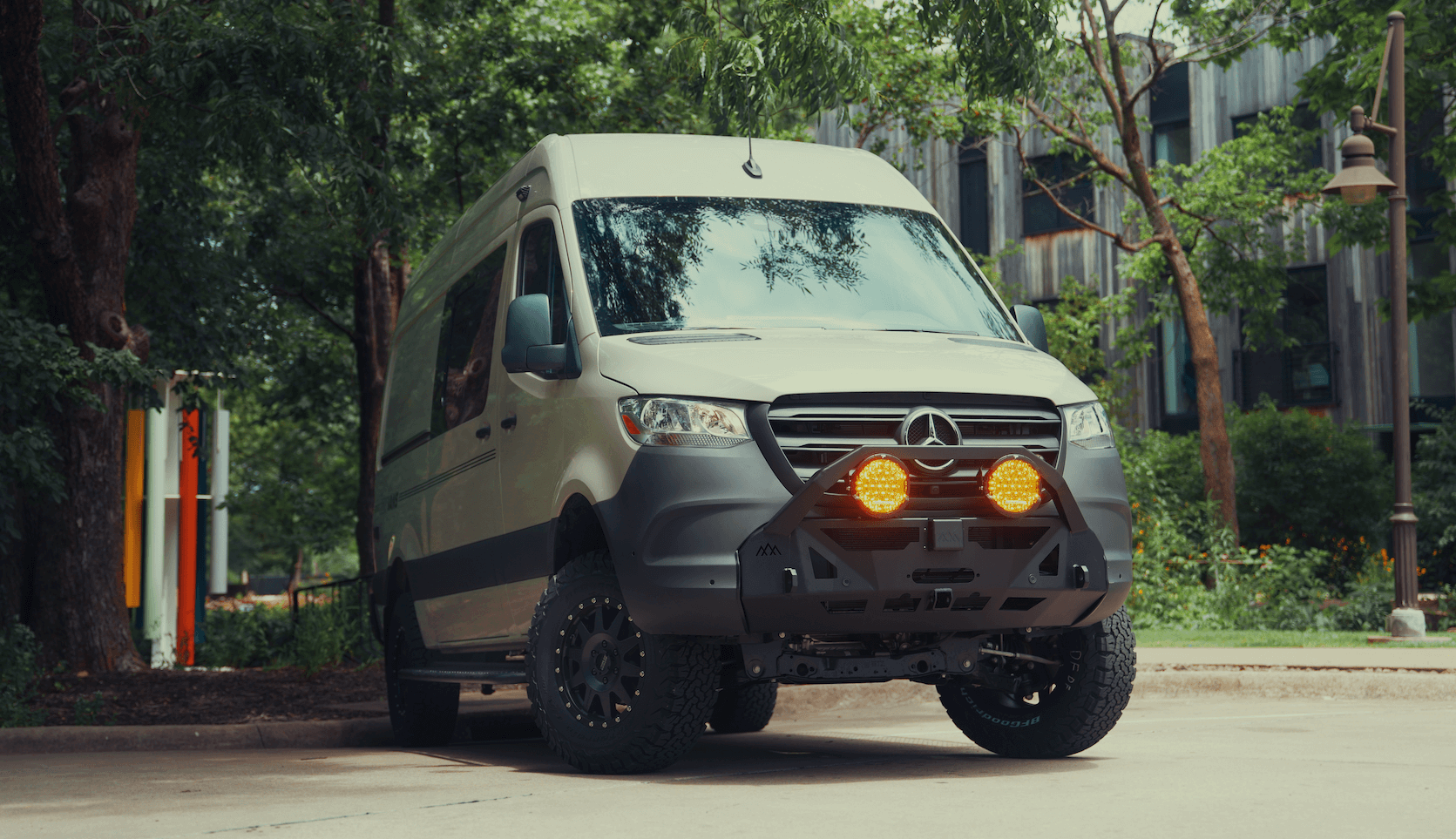Recreational Vans

Gree is one of the largest makers of air conditioning equipment, known for inverter based systems that modulate compressor speed to match the exact load. The phrase Eco Cool generally points to an energy saving operating mode that trims power draw while holding a steady set point. In practice, this is achieved through variable speed compression, refined fan curves, and logic that avoids wasteful on off cycling.
Many Gree units are ductless mini splits with an indoor air handler and an outdoor condenser. This format removes duct losses and delivers high seasonal efficiency. Typical performance is measured by SEER for cooling and EER for fixed load efficiency. Newer models lean on R32 in some markets, while many legacy units use R410A. Noise is often low thanks to inverter ramping and aerodynamic fan design, which matters in compact spaces where equipment sits close to living areas.
Eco modes adjust temperature targets and compressor ramp rates to keep consumption down. Used correctly, this can reduce peak power and extend battery reserves in mobile scenarios or lower utility costs in a small home or shop. The tradeoff is gentle response during rapid weather swings. Users get most benefit when doors and windows stay closed and solar gain is controlled.
Right sizing is the foundation of comfort and efficiency. Too much capacity short cycles and wastes power. Too little capacity runs flat out and still misses the set point. Start with a room by room cooling load that considers insulation, window area, orientation, occupancy, and internal heat from appliances. Portable or window formats provide simple placement, but ductless mini splits give the best balance of efficiency and sound in many compact installations.
A clean install protects performance for the long run. Ductless mini splits require careful line set routing, secure mounting, proper evacuation, and a precise charge. Window and portable units need tight seals, correct drainage, and safe power connections. In all cases, follow electrical codes and rely on licensed professionals for refrigerant and power work.
In small studios, shops, or mobile living, the same principles apply, but packaging and power integration take center stage. Protect the outdoor unit from road debris, plan airflow around cargo or cabinetry, and model the electrical demand for hot afternoons when solar output can sag. Vibration isolation and tight weatherproofing are essential for equipment longevity. Quiet operation is more than comfort. It keeps noise fatigue down on long days and nights in close quarters.
When cooling a mobile platform, consider the total energy system. Battery size, alternator charging, shore power options, and solar harvest must work in concert with your air conditioner. An inverter driven system with Eco modes can flatten peaks and stretch available power, but only if the rest of the system is balanced.
Now, if you want this level of planning without guesswork, our team designs and installs climate systems for custom vans and compact rigs. We assess your insulation, power architecture, and travel profile, then specify equipment and placement that fit your life. You get a quiet cabin, predictable runtime, and a clean handoff that shows exactly how your system works in the real world.
Final step: tell us how you travel, how you camp, and what climate you face most. We will scope the right capacity, power integration, and airflow plan, then install and test it at our Fayetteville shop before you roll out.
Ready for precise, quiet cooling in your van or compact rig? Our team designs and installs climate systems that fit your power profile, space limits, and travel goals. Tell us how you live on the road and we will spec, install, and test your air conditioner for real world conditions. Start your build conversation now.
ADDRESS:
6159 E Huntsville Rd, Fayetteville, AR 72701
PHONE:
(479) 326-9200
EMAIL:
info@ozkvans.com